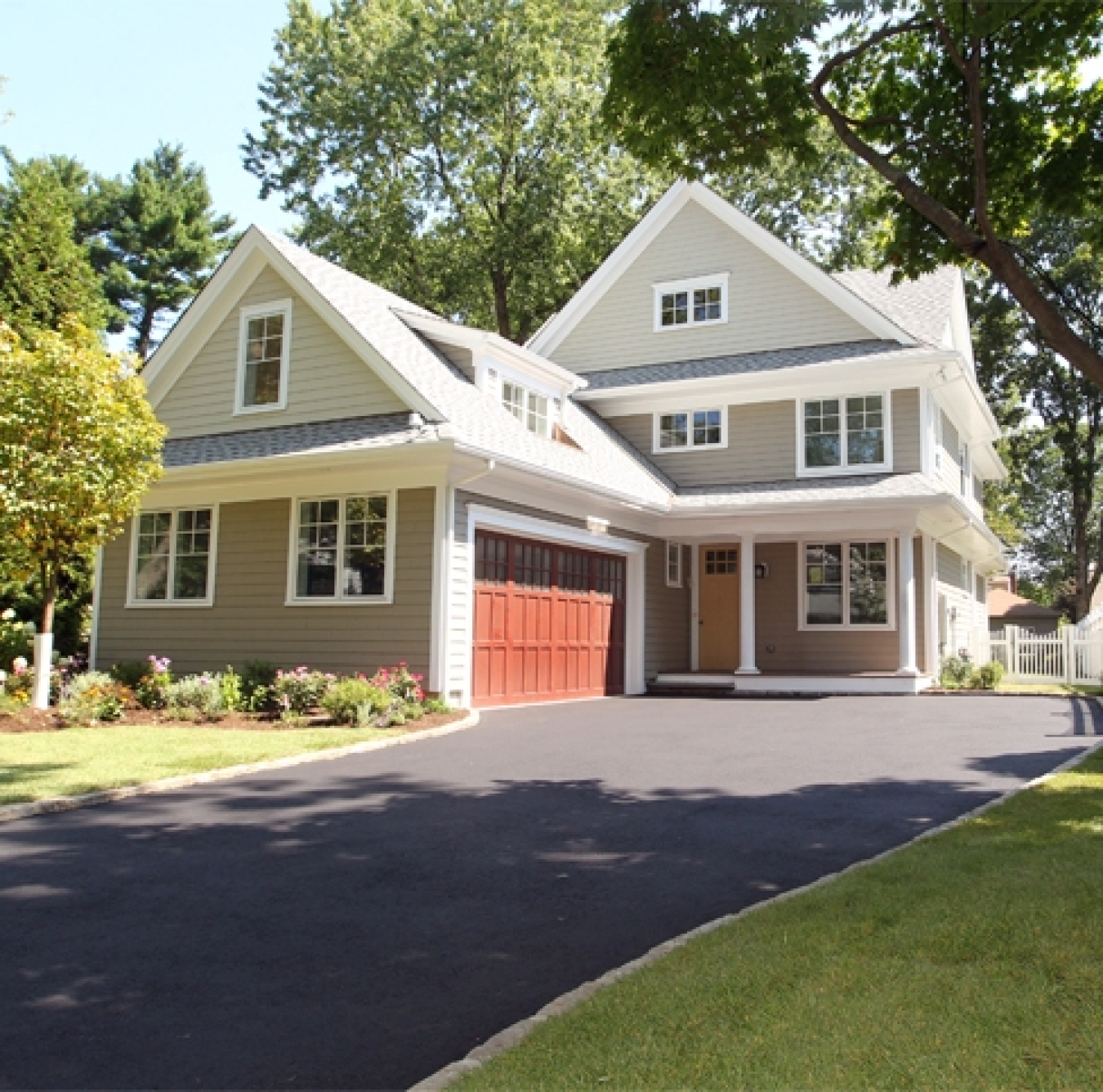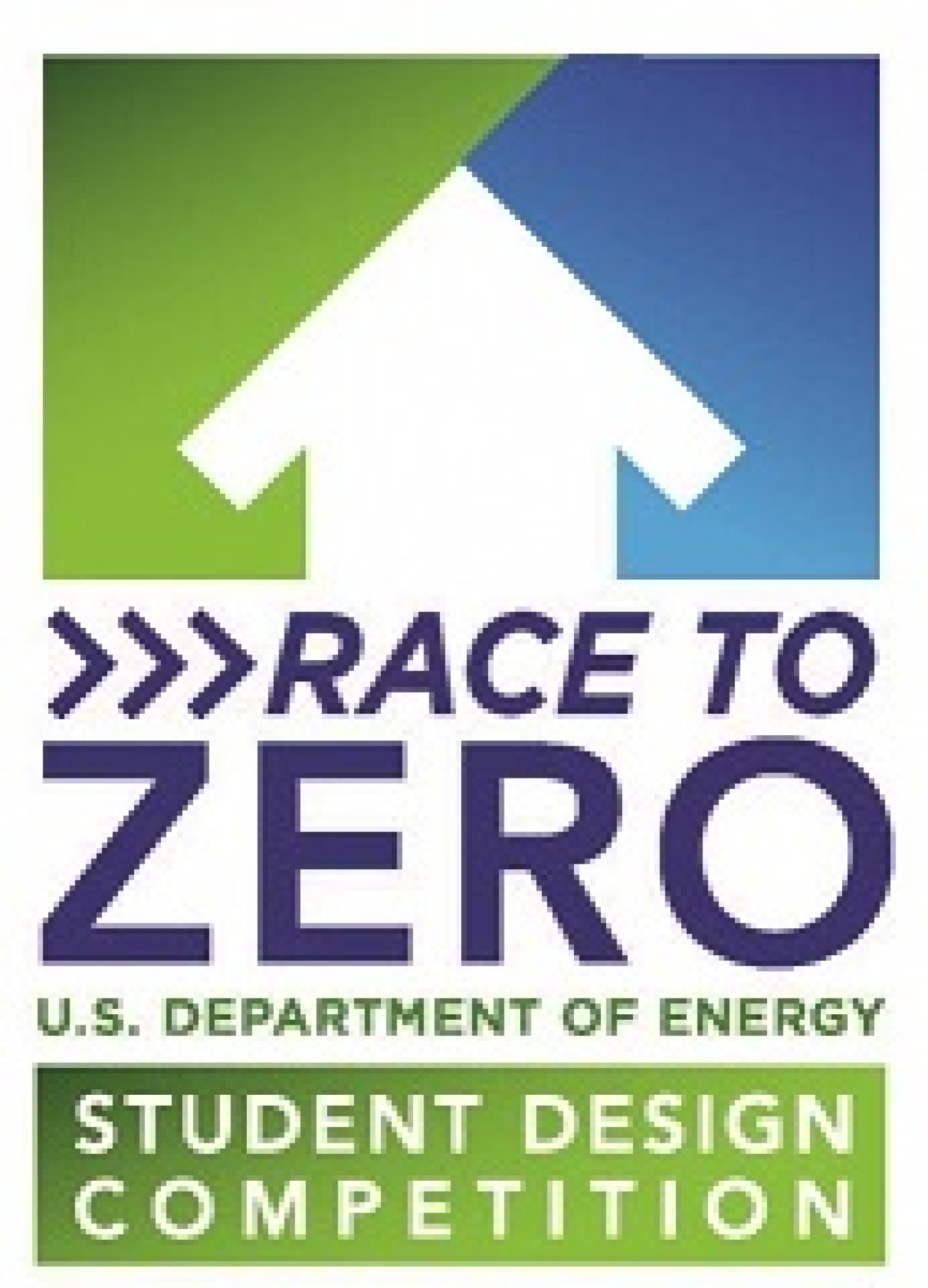- Building America Funding Opportunity: Deadline for Concept Papers—December 12
- Race to Zero Student Design Competition Winning Homes To Be Constructed
- December 17 Webinar: Building America—Research for Real-World Results
- Building America Teams: Research and Collaboration To Transform the Market
- Success Stories Focus on Energy Savings for Multifamily Homes
- December Zero Energy Ready Home Training
- Building America in the News
- New Publications From Building America
Building America Funding Opportunity: Deadline for Concept Papers—December 12

Building America teams develop energy-saving solutions that improve efficiency of new and existing homes in each U.S. climate zone, while increasing comfort, safety, and durability.
Be part of the solution! There is still time to apply for the Building America Industry Partnerships for High-Performance Housing Innovation-DE-FOA-0001117 Funding Opportunity Announcement (FOA). The deadline for concept papers is December 12, 2014 and full applications are due February 4, 2015. For this FOA, the U.S. Department of Energy (DOE) will select and fund up to four building science teams to advance high-impact residential building efficiency technologies and practices.
This FOA funds applied R&D in real-world houses to demonstrate strategies that will spur the residential building market to adopt energy-saving measures that will enable 50% savings in new homes by 2025 (based on the 2009 International Energy Conservation Code [IECC]) and 40% energy savings in existing homes by 2030. Project teams will focus on high-performance solutions to three core technical challenges: building envelope assemblies and systems; optimal comfort systems for heating, cooling, air distribution, and humidity control; and ventilation systems and indoor air quality strategies.
Race to Zero Student Design Competition Winning Homes To Be Constructed

Winners of the 2015 Race to Zero competition will see their home designs constructed by Carl Franklin Homes.
Register your team by December 15, 2015 to participate in the second annual DOE Race to Zero Student Design Competition, which will take place on April 18-20, 2015, at the National Renewable Energy Laboratory in Golden, Colorado. Once again, DOE is engaging college students across the United States and Canada to vie for the best market-ready zero energy home designs.
The 2015 competition offers an exciting new reward for the top two winning teams—the opportunity to see their home designs come to life! DOE Zero Energy Ready Home partner Carl Franklin Homes of Dallas, Texas, has announced that it will construct the homes designed by the top two winning teams. These homes will be sold to our nation's veterans, active duty or retired, providing them with sustainable, energy-efficient housing. Carl Franklin Homes will also be working with the City of Garland, Texas, which will provide the lots for both houses, and assistance with closing costs for the buyers
Learn about requirements, and view the 2014 results.
December 17 Webinar: Building America—Research for Real-World Results
Join Eric Werling, Building America program coordinator, on December 17, 2014, to learn about key Building America accomplishments, current research focus areas, and future strategies for advancing market adoption of energy-efficient building technologies and practices. Mr. Werling will also present exciting new developments in the DOE Zero Energy Ready Home program and the 2015 Race to Zero Student Design Competition.
Building America Teams: Research and Collaboration To Transform the Market
R&D→Innovation→Partnership→Demonstration→Market Transformation—hallmarks of Building America, DOE’s premier residential building research program since 1994. Critical to the success of Building America are the expert-led research teams, who use an industry-driven, cost-shared approach to make high-performance homes a reality for all Americans. These multidisciplinary research partnerships operate throughout the country and include engineers, architects, builders, educators, manufacturers, utilities, mortgage lenders, and others in the U.S. housing industry.
These cross-cutting teams work to develop high-performance building technologies and practices that can reduce average home energy use by up to 50% and that can be implemented on a broad scale. Through Building America’s integrated R&D and demonstration process, early adopters and contractors can test new technologies, systems, and installation techniques in real-world homes while reducing their risk. The benefits of this collaboration are reciprocal: the team provides technical support for projects in exchange for the right to collect and use performance data and promote the partner’s participation in Building America projects. Learn about specific research areas of Building America teams and see top innovations developed by the teams.
To date, the Building America program has worked with more than 1,200 builders that have studied approximately 55,000 homes in all major U.S. climate zones. Moreover, Building America research has led to impressive impacts: 800 trillion Btu (0.8 Quads) of source energy savings; $9 billion of utility bill savings for homeowners; and $40 energy savings for every $1 of DOE investment.
Interested in becoming a Building America research team? View the current FOA for Building America Industry Partnerships for High-Performance Housing Innovation – DE-FOA-0001117. And, watch future issues for spotlights on each of the Building America teams and their accomplishments!
Success Stories Focus on Energy Savings for Multifamily Homes
The CARB team created a multifamily building guide that provides builders with the critical details needed to comply with air leakage requirements in the 2012 IECC.
This month’s residential successes showcase Building America projects that provide energy and cost savings for multifamily owners and managers.
Technology Solutions: Boiler Control Replacement for Hydronically Heated Multifamily Buildings, Cambridge, MA
Here, the Advanced Residential Integrated Solutions (ARIES) Collaborative partnered with Homeowners' Rehab Inc., a nonprofit affordable housing owner, to upgrade the central hydronic heating system in a 42-unit housing development, reducing heating energy use by an average of 19%.
Whole-House Solutions: Challenges of Achieving 2012 IECC Air Sealing Requirements in Multifamily Dwellings, Upstate NY
While previous versions of the IECC have included provisions to improve the airtightness of dwellings, for the first time, the 2012 IECC mandates compliance verification through blower door testing. In this project, the Consortium for Advanced Residential Buildings (CARB) team created a well-documented design and implementation strategy for air sealing in low-rise multifamily buildings that would help them comply with new IECC building infiltration requirements.
See other Building America residential success stories at the Climate-specific website.
December Zero Energy Ready Home Training
Mark your calendar for this DOE Zero Energy Ready Home technical training webinar in December:
Sales and Value Recognition of Zero Energy Ready Home
Date/Time: December 18, 2014; noon – 1:15 p.m. EST
Description: Net zero energy properties have unique, high-performance features that should be prominently presented during the listing and sales process; however, these features also present challenges for appraisers and lenders. Lenders are challenged to find competent appraisers and competent appraisers are challenged with limited net zero energy home sales data. This webinar will offer solutions for how to overcome these hurdles and tips for effectively marketing these homes.
Presenters Laura Stukel, Elevate Energy; Sandra Adomatis, Adomatis Appraisal Services
Building America in the News
Here are recent Building America-related articles in popular and local trade publications
- Mamaroneck Daily Voice: Murphy Brothers of Mamaroneck Earns Building Industry Honors
- Fine Homebuilding: Maine Hosts a Conference on the “Pretty Good House”
New Publications From Building America
The Building America Publications Library offers an extensive collection of technical reports, measure guidelines, case studies, and other resources to help you boost energy efficiency in new and existing homes. On the library page, you can subscribe to the RSS feed that delivers reports as they are published. Also, the Building America Solution Center links you to expert building science and energy efficiency information based on Building America research results. Here are samples of our most recent publications:
Technology Solutions Case Study: Project Overcoat: Airtightness Strategies and Impacts for 1½-Story Homes, Minneapolis, MN
In this project, the NorthernSTAR Building America Partnership studied the effectiveness of the External Thermal Moisture Management System (ETMMS) as a solution for improving airtightness in a roof-only application (versus the whole-house application used in deep energy retrofits). An independent contractor provided airtightness data from two 1-½-story homes that used the roof-only ETMMS process. The team analyzed and compared these data to ancillary data from market-rate utility and weatherization programs for more than 250 roof-only, interior-applied energy retrofits on 1 ½-story homes.
Long-Term Monitoring of Mini-Split Ductless Heat Pumps in the Northeast
Transformations Inc. has extensive experience building their high-performance housing at a variety of Massachusetts locations in production and custom home settings. Most of its homes use mini-split heat pumps (MSHPs) for space conditioning. This research by Building Science Corporation studied the long-term performance of MSHPs in Zone 5A; the culmination of up to 3 years' worth of monitoring in a set of eight houses. The research examined electricity use of MSHPs, distributions of interior temperatures and humidity when using simplified (two-point) heating systems in high-performance housing, and the impact of door open/closed status on temperature distributions. MSHPs provide significant first-cost savings, which are used to offset the increased investment in the building enclosure.
Technology Solutions Case Study: Boiler Control Replacement for Hydronically Heated Multifamily Buildings
The ARIES Collaborative partnered with Homeowners' Rehab Inc., a nonprofit affordable housing owner, to upgrade the central hydronic heating system in a 42-unit housing development, reducing heating energy use by an average of 19%.
Additional reports published recently:
• Technology Solutions Case Study: Air Leakage and Air Transfer Between Garage and Living Space, Waldorf, MD
• New Whole-House Solutions Case Study: Challenges of Achieving 2012 IECC Air Sealing Requirements in Multifamily Dwellings
• Moisture Risk in Unvented Attics Due to Air Leakage Paths
• Technology Solutions Case Study: Evaluation of the Performance of Houses With and Without Supplemental Dehumidification in a Hot-Humid Climate
• Technology Solutions Case Study: Measure Guideline: Guidance on Taped Insulating Sheathing Drainage Planes
Want to learn more about Building America or help us spread the word about the program? View the video, “What is Building America?” on DOE’s YouTube channel to learn about how Building America aims to bridge the gap between homes with high energy costs and homes that are healthy, durable, and energy efficient.
Please forward this announcement to colleagues who may be interested in subscribing to future updates about Building America.
